7-minute read
keywords: ethology, evolutionary biology, zoology
At first blush, the question behind A Dog’s World could have been lifted straight from the pages of What If? Serious Scientific Answers to Absurd Hypothetical Questions by xkcd creator Randall Munroe. What would happen to our dogs if we disappeared overnight? Far from being mere whimsy or idle academic speculation, A Dog’s World is a serious attempt to scientifically answer this thought experiment. There is also a strong ethical component to it as the authors apply their ideas to the here and now: how can we create better lives for dogs today?
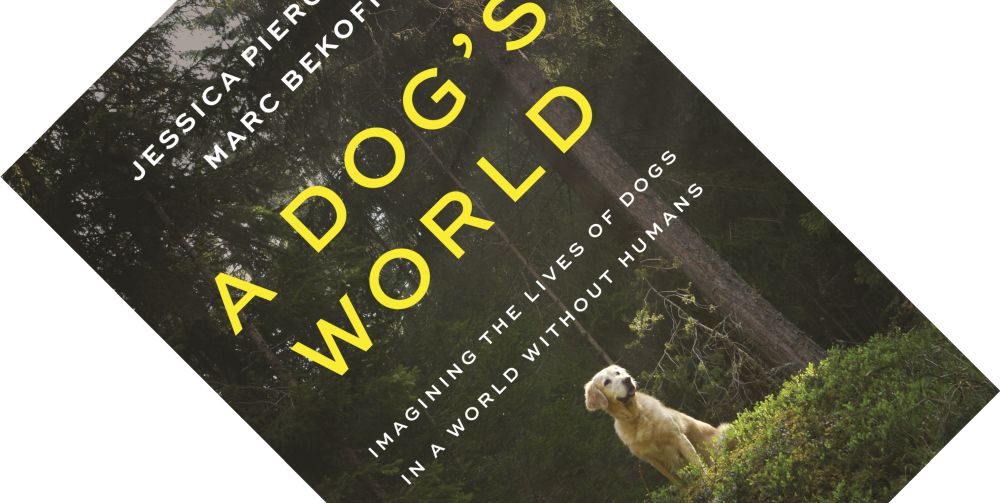
A Dog’s World: Imagining the Lives of Dogs in a World without Humans, written by Jessica Pierce and Marc Bekoff, published by Princeton University Press in October 2021 (hardback, 227 pages)
My second thought when learning of this book was that it sounded an awful lot like the thought experiment journalist Alan Weisman did in his 2007 book The World Without Us. Here, he asked what would happen to Earth and our material legacy if we suddenly vanished. Indeed, the authors open A Dog’s World by acknowledging that book, though it did not say much about dogs. A more serious initial attempt was done in a 2018 Time magazine article by Markham Heid titled How Dogs Would Fare Without Us, but this book is a far more thorough foray into speculative biology.
The authors are particularly well suited to write this book. Marc Bekoff is a professor emeritus in ecology and evolutionary biology who has studied animal behaviour and has written about dogs most recently in Canine Confidential, with Dogs Demystified to be published in the near future. Jessica Pierce is a bioethicist who lately has focused on the welfare of companion animals, writing amongst others Run, Spot, Run, with Who’s a Good Dog? due later this year. Additionally, Bekoff and Pierce have co-authored Wild Justice (2009), The Animals’ Agenda (2017), and Unleashing Your Dog (2019), all of which are relevant to this book. Bring together two such experts and it is no wonder A Dog’s World overflows with thought-provoking insights.
“the first bombshell the authors drop is to disarm the standard response they encountered to this thought experiment. Surely, if we disappeared, dogs would just go back to being wolves?”
Indeed, the first bombshell the authors drop is to disarm the standard response they encountered to this thought experiment. Surely, if we disappeared, dogs would just go back to being wolves? Not so, they say: “The disappearance of humans would not result in a kind of reverse engineering, where the domestication process rewinds and dogs de-evolve back to who they were before” (p. 9). They reiterate this in their conclusion: “evolution doesn’t work backward. It unfolds into the future and there is no going back” (p. 162). Marcelo R. Sánchez-Villagra made the same argument—that feralization is not just domestication in reverse—in his excellent The Process of Animal Domestication. One important reason for this is that dogs would inhabit a changed world compared to their wolf ancestors. This strikes me as a very important point that applies more broadly to discussions around rewilding and de-extinction, especially in what these can hope to achieve and what is and is not feasible.
So, if not wolves, what will dogs become then? This question, “who dogs will become on their own” (p. 8), interests the authors most and is at the heart of this book. Relevant, at least in the early stages, are existing studies on free-ranging and feral dogs. The authors mention in particular work by Stephen Spotte, author of Societies of Wolves and Free-Ranging Dogs. I was surprised, though, to find no mention of Raymond and Lorna Coppinger’s book What Is a Dog?, which also took an in-depth look at this topic. Although we lack accurate counts, an estimated 80% of the possibly 1 billion dogs on our planet fend for themselves, rather than being well-groomed pooches. If that sounds like a lot, that is because it is, and they are a serious concern in wildlife conservation.
The core of A Dog’s World is the four chapters where the authors discuss scientific studies on dogs and related canids. These provide informed speculation as to how our absence would impact the physical appearance, social behaviour, and inner lives of dogs, and how it would impact the two variables in a dog’s life we control most strictly: food and sex. This offers a plethora of interesting ideas of which I shall only mention a few notable ones.
“Looking at this thought experiment through an ethical lens, what lessons can we draw from it and apply to create better lives for dogs today?”
One recurrent theme is that there will be no single mythical Future Dog. As dogs come to grips with ecological challenges that differ from place to place, variation in appearance and behaviour will be key to success. Context is everything. That said, our breeding practices have produced certain maladaptive traits that will be quickly selected against. Examples include breeds with shortened snouts (brachycephaly) suffering from breathing problems or very large breeds that are prone to hip dysplasia. Without human interference in reproduction, breeds as we know them (most of which are a surprisingly recent creation) will rapidly disappear. Expect blending of existing breeds and hybridization with wolves and other canids. Will dogs form packs? Likely yes, though not all dogs and not everywhere. Here, too, variation in cognitive traits such as problem-solving, learning, and intelligence, as well as in individual personality will be conducive to the formation of successful packs. Some traits are more evolutionarily conserved and there seems little scope for change. Examples include animal emotions or reproductive traits such as gestation length, litter size, or offspring sex ratio. One of the biggest impacts regards food: not just pets being fed, but what the authors more widely term “food subsidies”, including the vast amounts of human garbage on which many free-ranging dogs live.
This is but a sampling of the many ideas discussed in this book. The overall conclusion is that dogs would keenly feel our absence and the initial transition would be tough with many individuals perishing. In the long run, however, dogs would survive and likely even thrive. So far, so speculative, but what makes this book relevant are the last three chapters. Looking at this thought experiment through an ethical lens, what lessons can we draw from it and apply to create better lives for dogs today? Could you prepare your dog for doomsday? Answers range from amusing to, as the authors underline, objectionable. And—a sobering question—would dogs be better off without us? Humans are the main cause of death of dogs through e.g. exploitation or (road) accidents. “The various inflictions of cruelty by humans are not rare, isolated instances of misuse” (p. 150) and we insufficiently acknowledge the suffering of homed dogs living, essentially, boring lives in which they cannot express species-typical behaviours. Symptomatic, the authors think, is the number of owners in the USA reporting as problematic what are actually normal dog behaviours. “Dogs are not allowed to be themselves and are often punished just for being dogs […] Without humans, dogs would be freed from the constraints of being square pegs forced into round holes” (p. 150). All that said, they add that “a posthuman world won’t be like one great big dog park” (p. 151), but it would not be nearly as bad as you think.
In conclusion, A Dog’s World makes a serious and interesting exercise out of this intriguing thought experiment and is highly relevant to anyone who owns or has been around dogs. One question occurred to me while reading it, and Bekoff and Pierce hint at it in closing when writing that “coevolution, by definition, goes both ways” (p. 163). Indeed, what would happen to humans if dogs disappeared overnight? Though we have domesticated many species, our bond with dogs is particularly strong and that alone should give us pause when it comes to our treatment of them.
Disclosure: The publisher provided a review copy of this book. The opinion expressed here is my own, however.
Other recommended books mentioned in this review:
__________________________________________________________________
__________________________________________________________________
__________________________________________________________________
__________________________________________________________________
__________________________________________________________________

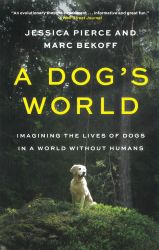
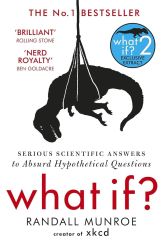
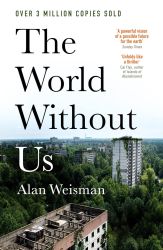
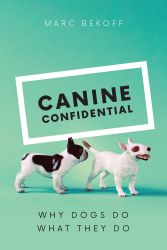
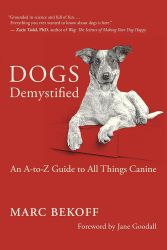
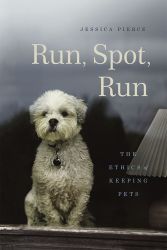
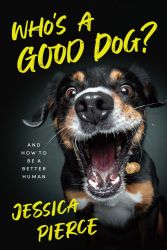
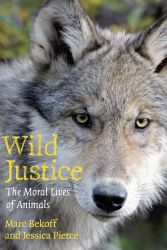
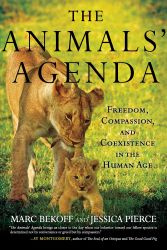
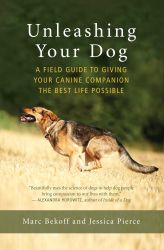
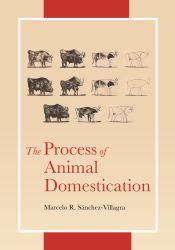
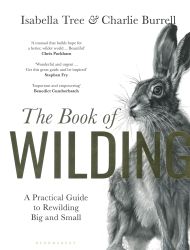
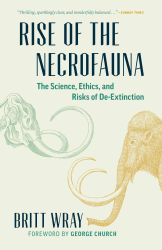
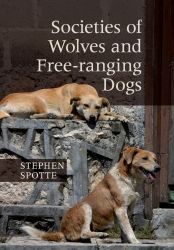
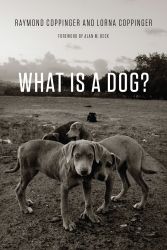
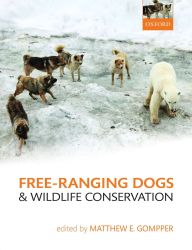

It’s encouraging to read a review that explores the book’s interdisciplinary elements and skillfully integrates ethology, evolutionary biology, and zoology. It is extremely impressive how well the reviewer was able to convey the core of these intricate subjects and how they relate to our comprehension of dogs. Curiousity is piqued and the stage is set for an interesting investigation of the canine world in this review.
LikeLike